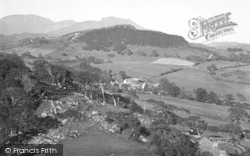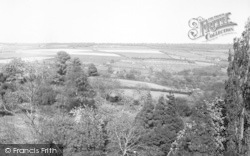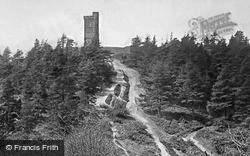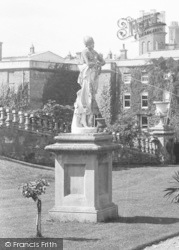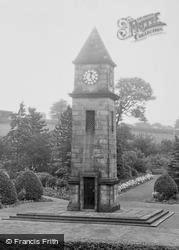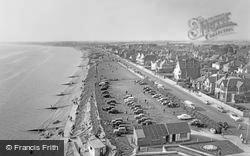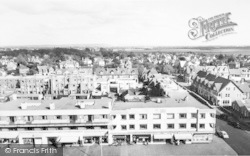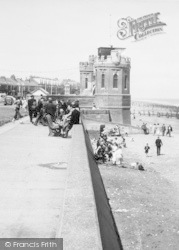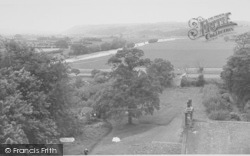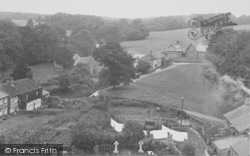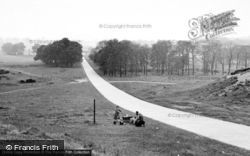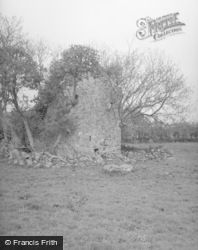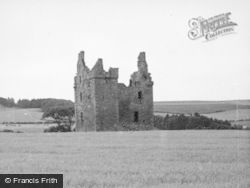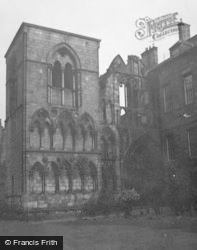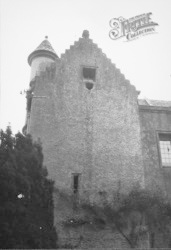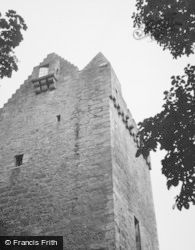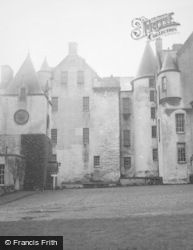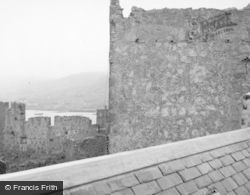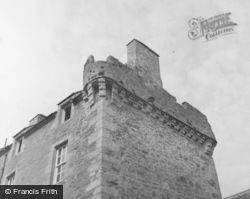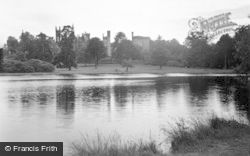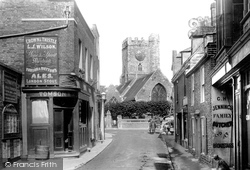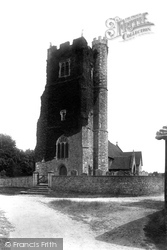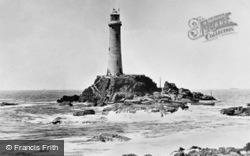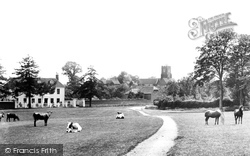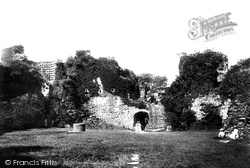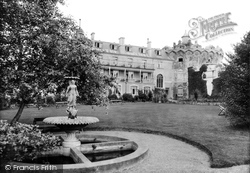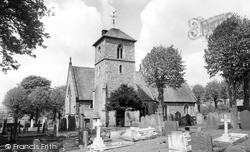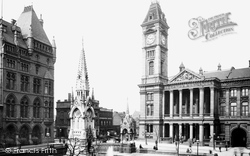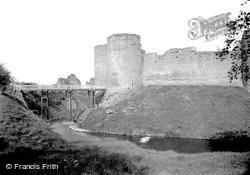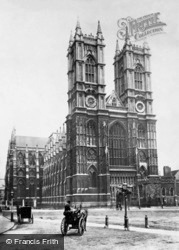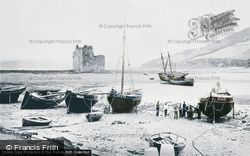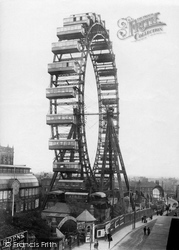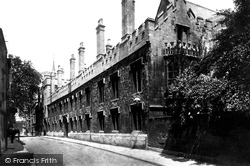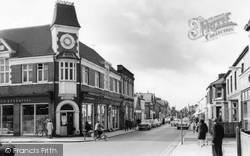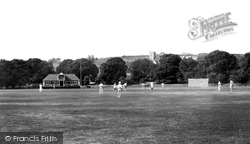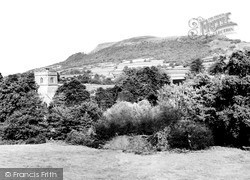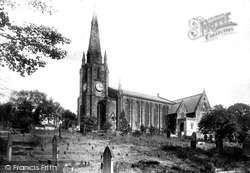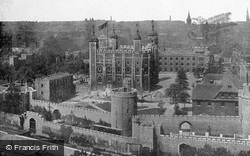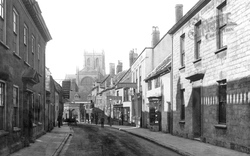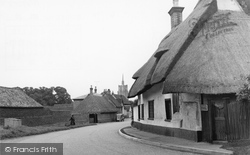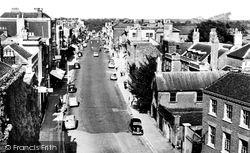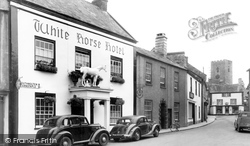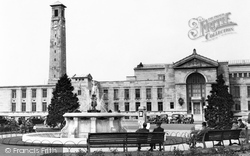Places
36 places found.
Those places high-lighted have photos. All locations may have maps, books and memories.
- Poplar, Middlesex
- Bow, Middlesex
- Bethnal Green, Middlesex
- Stepney, Middlesex
- Alton Towers, Staffordshire
- Isle of Dogs, Middlesex
- Limehouse, Middlesex
- Spitalfields, Middlesex
- Barjarg Tower, Dumfries and Galloway
- Bromley, Middlesex
- Stratford Marsh, Middlesex
- Tower Hill, Merseyside
- Tower Hill, Essex
- St George in the East, Middlesex
- Wapping, Middlesex
- Globe Town, Middlesex
- Old Ford, Middlesex
- Cubitt Town, Middlesex
- Tower Hill, Cheshire
- Tower Hill, Surrey
- Bow Common, Middlesex
- Mile End, Middlesex
- Millwall, Middlesex
- Ratcliff, Middlesex
- Warmley Tower, Avon
- Tower Hill, Hertfordshire
- Tower End, Norfolk
- Tower Hamlets, Kent
- Tower Hill, Devon
- Tower Hill, West Midlands
- Blackwall, Middlesex
- North Woolwich, Middlesex
- Hackney Wick, Middlesex
- Shadwell, Middlesex
- South Bromley, Middlesex
- Tower Hill, Sussex (near Horsham)
Photos
2,720 photos found. Showing results 1,441 to 1,460.
Maps
223 maps found.
Books
1 books found. Showing results 1,729 to 1.
Memories
637 memories found. Showing results 637 to 637.
Captions
3,036 captions found. Showing results 1,729 to 1,752.
The great, grey battlemented tower stands eighty-two feet high and was used as a signalling station, continuously manned by four men, during the Napoleonic war.
The 15th-century Perpendicular west tower of the Church of the Holy Cross is remarkable for the three sculptures of heraldic lions, which crouch at the corners of the battlements.
A little over a mile from shore, this imposing granite tower, 62 feet in height, rises out of a cauldron of furious waves. It was originally built in 1795. The one seen here was built in 1873.
The tower of Holy Trinity Church to the right was poorly designed and constructed, and was eventually demolished in 1924.
Described in 1549 as 'the round castle of Buitte callit Rosay of the auld', the first stone castle was a circular shell keep 142 ft in diameter with walls 30 ft high and 9 ft thick; four projecting drum towers
In 1900 the Singer family fitted out the Redcliffe Tower as a convalescent home with twenty or more beds for the wounded of the Boer War.
The added tower enhances the overall composition, but should the church be locked, an extended search for the key is not justified.
Much of the money for the gallery came from wealthy glass manufacturer Thomas Osler, whose firm made the famous glass fountain centrepiece for the Great Exhibition at the Crystal Palace.The clock tower is
Probably he was responsible for this twin- towered gatehouse, which in the 1260s became the new entrance to the castle via a drawbridge over the deep moat.
The abbey was embellished by its lofty twin towers in the early 1700s.
A ruined 14th-century double-towered castle stands guard over Loch Ranza. It was here that Robert the Bruce is said to have landed on his return from Ireland in 1306.
Built next to the Winter Gardens in 1896 in an attempt to compete with the Tower, the 220ft Gigantic Wheel was a financial disaster.
Financial difficulties prevented the college from being completed: at the time of the Bishop's death in 1431, only the gate tower and staircase had been finished. The college's future looked bleak.
This view of Station Road looks south-west past the junction to Havelock Street, with the imposing clock tower of the 1903 Co-op store.
Surrounded by these majestic trees, and with the west tower of St Leonard's Church, one of the largest and finest in Kent, rising behind them, a summer game of cricket takes place on this spacious ground
This five-storey L-plan tower house was built by the Earl of Mar in 1628. It was here in 1714 that a so-called hunt was assembled by John Erskine, 6th Earl of Mar.
The early 14th-century tower of St Teilo's, Llantilio Pertholey stands squarely among the surrounding trees.
St Stephen's has a west tower with a spire and was almost entirely altered internally in the late Victorian period.
It was begun by William Conqueror, and it is his keep, the White Tower, that still dominates the scene.The moat was drained in 1843 and sown with grasses and shrubs.
The tower of the church had undergone substantial restoration six years before this photograph was taken.
Concealed from view is its 15th-century traceried window, but the 176-foot tower of the 14th-century church of St Mary's soars as a landmark above the surrounding cottages.
This photograph of the town was taken from the tower of St Thomas's church at the top of the High Street, depicting an elegant mix of Georgian houses, bow-fronted cottages and covered shop fronts.
The pub has lost its porch and the horse above it, but the early 14th-century tower of St Michael's still stands over the town.
The building dates back to the 1930s; soaring above it is the distinctive 182-ft high tower, visible from many parts of the city.
Places (38)
Photos (2720)
Memories (637)
Books (1)
Maps (223)


